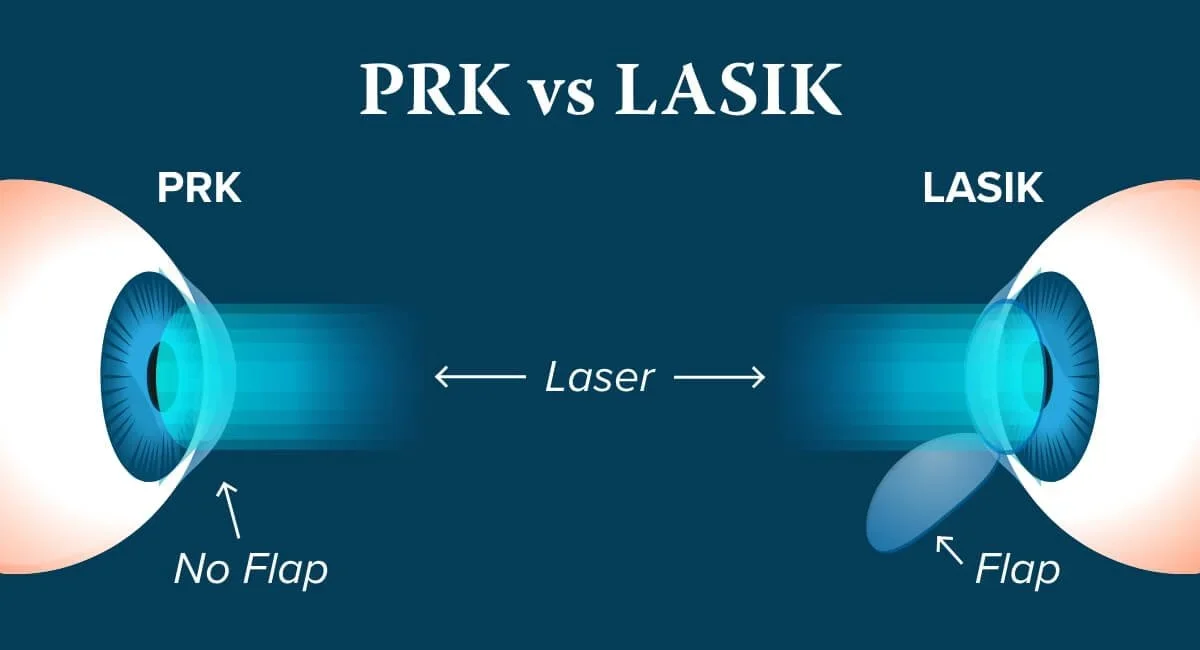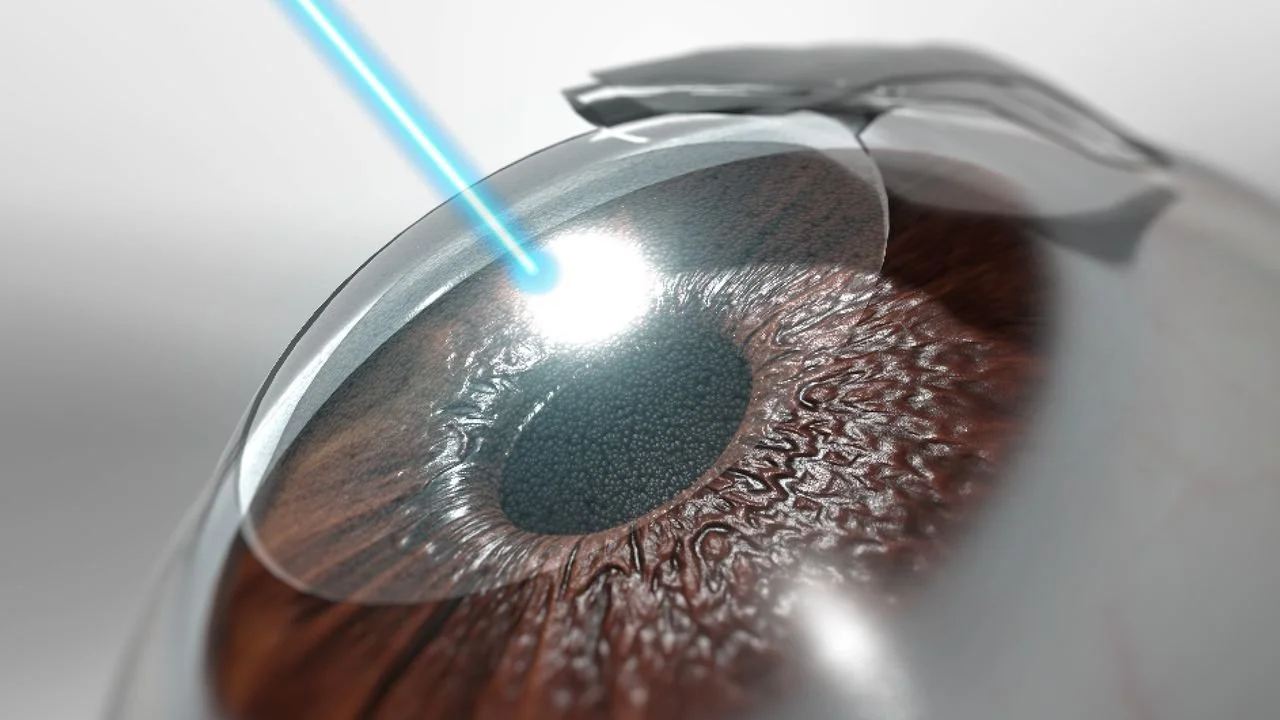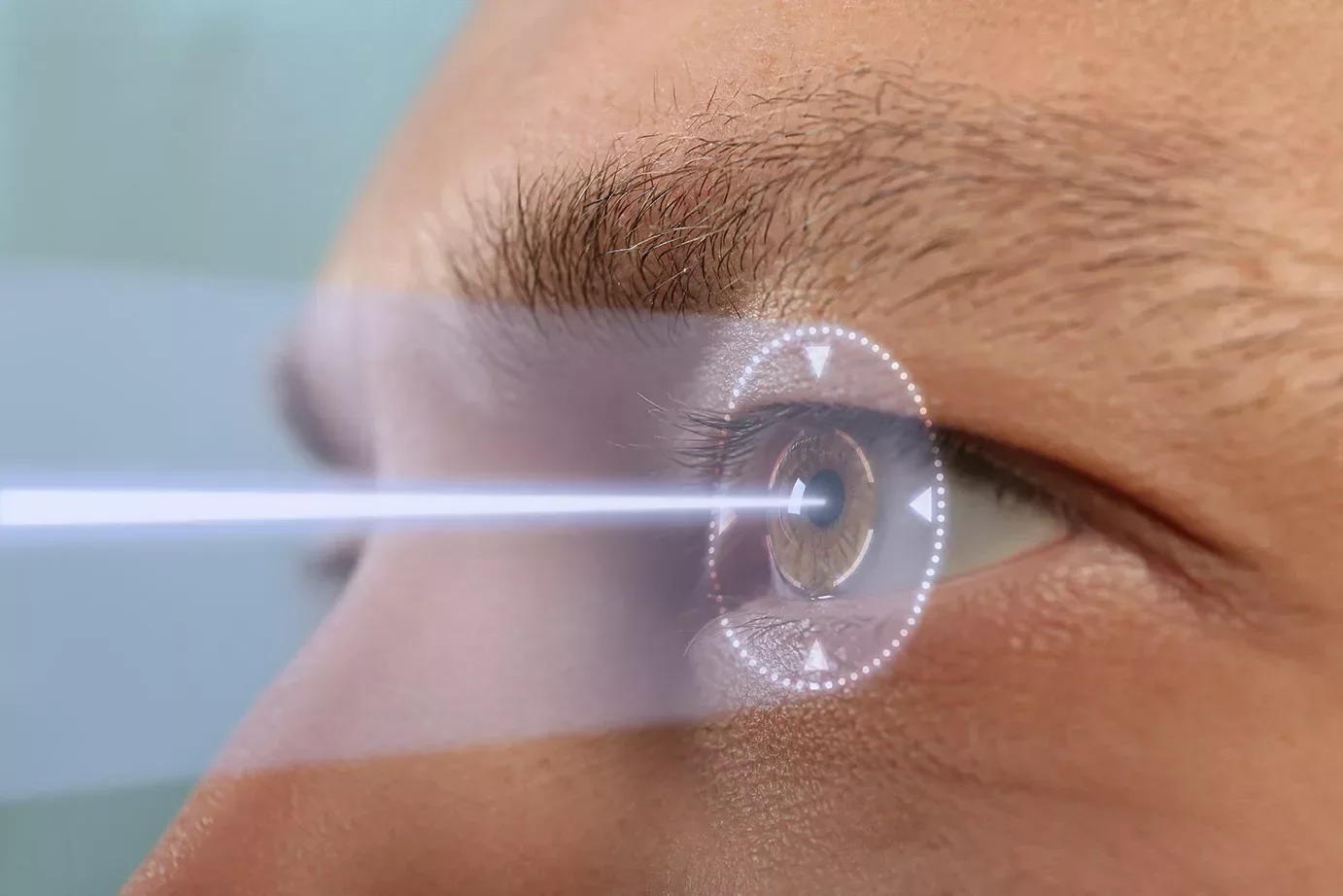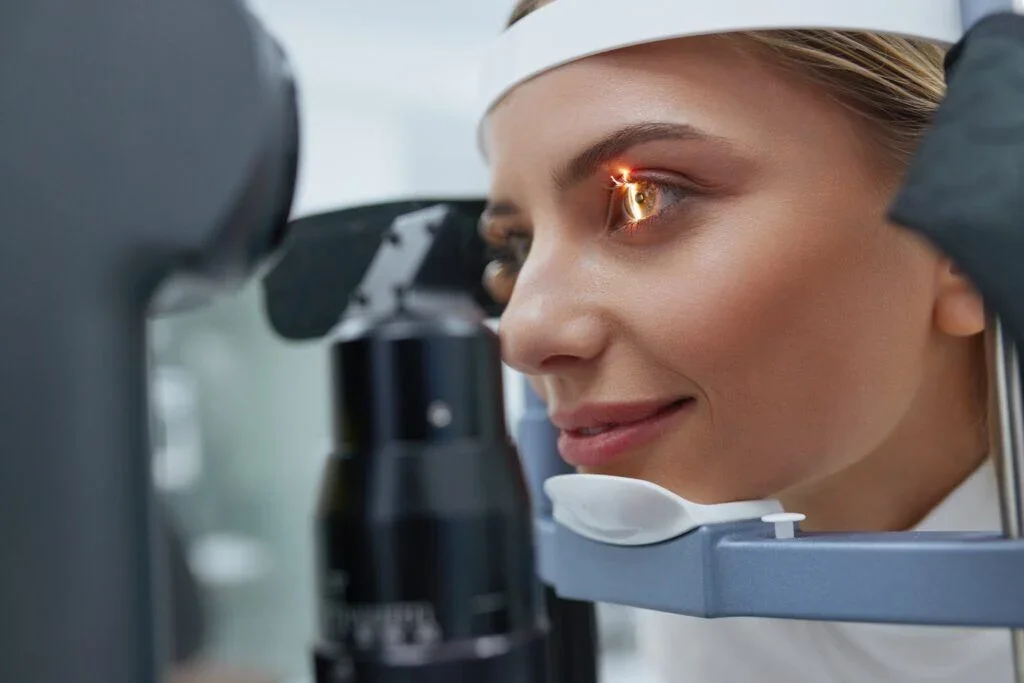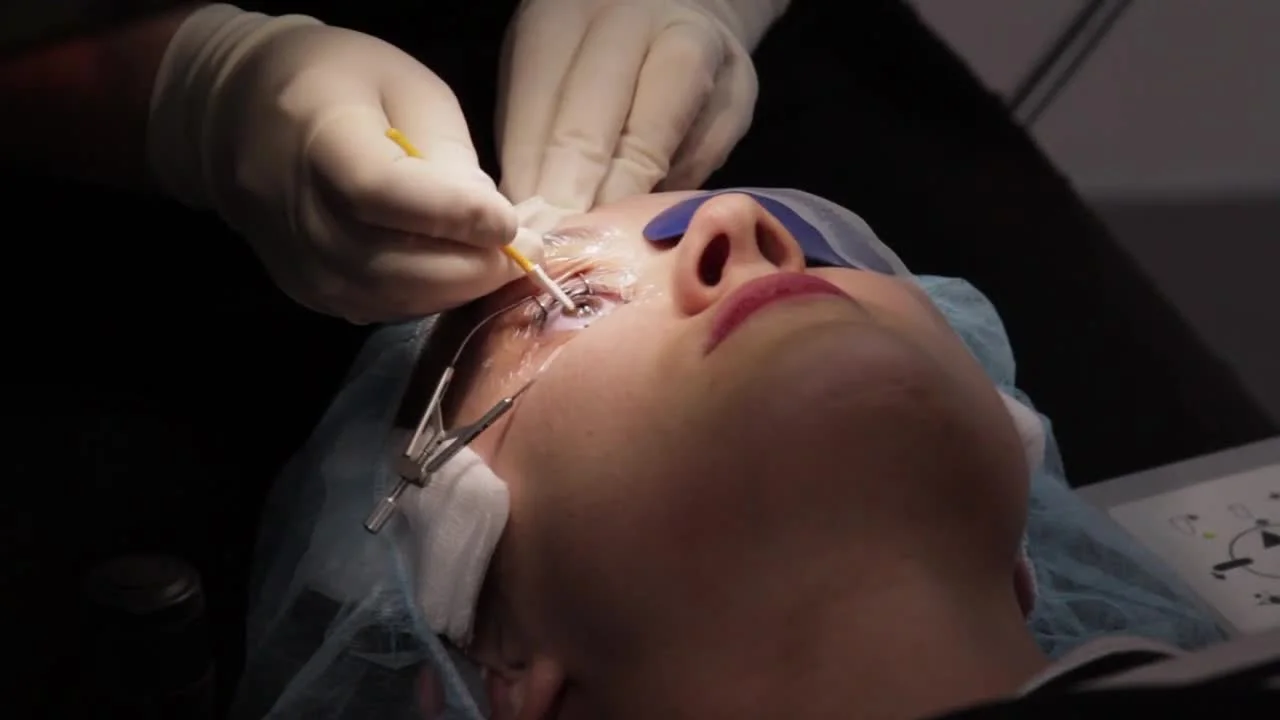LASIK vs PRK | Choosing the Best Laser Eye Surgery for You — Dr Brendan Cronin Ophthalmologist
When it comes to vision correction surgery, patients today have more advanced options than ever before. Two of the most well-known and trusted forms of refractive surgery are LASIK (Laser-Assisted In Situ Keratomileusis) and PRK (Photorefractive Keratectomy). Both procedures use an excimer laser to reshape the cornea, correcting common vision problems such as nearsightedness (myopia), farsightedness (hyperopia), and astigmatism.
Although they share the same goal—providing clear vision without the need to constantly wear glasses or contact lenses—the techniques, recovery times, and patient experiences differ. Many patients want to know about PRK vs LASIK, which procedure is best, and how to make the right decision for their unique eye health.
As an experienced ophthalmologist and eye surgeon, Dr Brendan Cronin has treated countless patients seeking freedom from glasses and contacts. In this guide, we’ll explore the details of LASIK vs PRK, review the pros and cons of each, and help you understand which option may be right for you.
Understanding the Basics: LASIK vs PRK Explained
At first glance, LASIK eye surgery and PRK surgery seem very similar—they both use advanced laser treatment to reshape the cornea. However, the way surgeons access the cornea is different, and this difference plays a big role in recovery, comfort, and outcomes.
LASIK surgery:
During LASIK, the surgeon uses a femtosecond laser or a microkeratome blade to create a thin flap in the cornea. This flap is gently lifted, allowing the underlying corneal tissue to be reshaped with the excimer laser. Once the reshaping process is complete, the flap is repositioned, acting as a natural bandage. This technique allows for rapid visual recovery and minimal discomfort.
PRK eye surgery:
In PRK procedure, the surgeon does not create a flap. Instead, the cornea’s outer layer (epithelium) is removed, often with an alcohol solution, to expose the corneal tissue beneath. The laser then reshapes the cornea, and a bandage contact lens or bandage lens is placed to protect the eye while the epithelium heals naturally. PRK stands as the alternative procedure for patients who are not suitable for LASIK due to corneal thickness or other factors.
Both techniques correct myopia, astigmatism, and hyperopia, but the method of entry—flap versus surface treatment—is what sets LASIK vs PRK apart.
Recovery Process and Healing: What Patients Can Expect
One of the most frequently asked questions about PRK versus LASIK is: “How long will it take me to recover?” The recovery process is one of the biggest differences between the two procedures.
LASIK recovery:
Most patients notice better vision within hours, with continued improvement over 24–48 hours.
Flap complications are rare, but careful aftercare is essential.
Patients can return to work, study, or most activities within a couple of days.
PRK recovery:
PRK typically takes longer. Because the cornea’s outer layer must regrow, patients may experience blurred vision for several days to weeks.
A bandage contact lens helps reduce discomfort during the initial healing process, but the visual recovery is slower compared to LASIK.
Many PRK patients find it takes 2–4 weeks before their vision stabilizes.
Infection and safety:
Both surgeries carry a very low risk of eye infection, but PRK patients must be particularly careful during healing.
Proper use of numbing eye drops, lubricants, and antibiotics supports safe recovery.
In short: LASIK recovery is faster, while PRK recovery is slower but avoids flap-related issues, making it the right choice for certain patients.
Comfort and Discomfort Levels: What Patients Report
Patient comfort is another key factor when comparing LASIK differ from PRK.
LASIK explained: Because LASIK preserves most of the cornea’s outer layer by creating a thin flap, the procedure tends to cause less discomfort. Most patients report only mild irritation or dryness in the first 24 hours, managed with numbing eye drops and lubricants.
PRK operation: PRK involves the removal of the epithelium, which can lead to more noticeable discomfort during the recovery process. Patients often describe sensations of grittiness or mild pain while the epithelium regenerates. The use of a bandage lens and prescribed medications helps ease these symptoms.
For those who want the quickest, most comfortable recovery, LASIK surgery is generally preferred. However, for patients with thin corneas or those who may face flap-related complications, PRK surgery is the safer option despite the added discomfort.
Visual Outcomes: Which Provides Better Vision?
LASIK success rate is high, with the majority of patients achieving 20/20 or better.
PRK patients also experience excellent results, but vision takes longer to stabilize.
Both are equally effective long-term, offering better vision compared to glasses or contact lenses.
Studies show both LASIK and PRK provide durable outcomes with minimal regression of vision.
The difference lies not in the quality of the final outcome, but in how quickly patients achieve clear vision after surgery.
Safety Considerations: Risks and Complications
Safety is a top priority when deciding between PRK vs LASIK. While both are safe and effective, the potential risks differ slightly.
LASIK complications: Rare flap complications may occur, such as flap dislocation or issues with corneal nerves. These are uncommon but should be considered.
PRK advantages: Since PRK does not involve a flap, it avoids flap-related risks entirely. It is often recommended for individuals with corneal thickness issues or for those in environments where eye trauma is more likely (e.g., military, contact sports).
Infection risk: Both procedures carry a small risk of eye infection, but modern sterilization, advanced lasers, and experienced surgeons make these events extremely rare.
Underlying corneal tissue: Both LASIK and PRK require healthy tissue for reshaping. Careful preoperative testing ensures only suitable patients proceed.
In summary, both surgeries are very safe, especially when performed by an experienced surgeon using the latest technology.
Lifestyle Considerations: Choosing Based on Your Needs
When deciding between LASIK vs PRK, lifestyle choices and personal goals matter as much as medical suitability. Both are proven eye procedures for correcting refractive errors, but the right choice depends on your daily activities, work, and long-term vision expectations.
Active lifestyle:
Athletes and individuals involved in contact sports often prefer PRK, since it avoids the creation of a corneal flap and eliminates the risk of flap-related injuries. This makes PRK a safer option for people in environments with higher chances of eye trauma.Work and convenience:
Busy professionals or students may choose LASIK because of its quick recovery. Many LASIK patients notice improved vision within just a few hours after the LASIK procedure, allowing them to return to work and daily routines almost immediately.Eye health concerns:
Patients with thinner corneas or at risk of flap complications may be better candidates for PRK. Since PRK reshapes the cornea without creating a flap, it remains a reliable option for patients unsuitable for LASIK.Long-term results:
Both PRK and LASIK provide excellent visual outcomes. Both PRK and LASIK have long-term track records of safety, stability, and predictable results, ensuring lasting improved vision and better overall eye health.
By carefully considering these factors, patients can better understand which procedure—PRK or LASIK—aligns with their unique lifestyle and visual needs.
Cost, Technology, and Long-Term Benefits
Many patients wonder about cost when comparing PRK and LASIK. In general, LASIK may be slightly more expensive due to the use of advanced technology like the femtosecond laser in flap creation. PRK may be less costly, but because the recovery is slower, some patients prefer LASIK for its convenience and faster healing.
Advances in technology, such as wavefront-guided LASIK, bladeless LASIK, and raytracing LASIK, have improved outcomes by customizing treatments to each patient’s unique corneal shape. Clinics such as the LASIK Vision Institute and other global leaders continue to refine these innovations, making outcomes more precise and predictable.
Both procedures are cost-effective compared to the long-term expense of glasses or contact lenses. Beyond cost, the LASIK difference lies in the initial healing process, while PRK remains the best alternative procedure for patients with thin corneas or those who cannot undergo flap creation.
Over time, both LASIK and PRK provide the life-changing benefits of laser vision correction—freedom from glasses and contacts, improved quality of life, and long-term eye health.
Making the Right Choice with Dr Brendan Cronin
The decision between PRK and LASIK is not one-size-fits-all. Every patient’s eyes are unique, which is why consulting an experienced eye surgeon is essential.
Dr Brendan Cronin, Ophthalmologist, is a highly experienced specialist who has performed thousands of LASIK procedures and PRK eye surgeries. At your consultation, Dr Cronin will carefully examine your corneal thickness, overall eye health, and lifestyle needs before recommending the most suitable option.
Whether you want to correct refractive errors, reduce dependence on glasses, or simply enjoy more freedom in daily life, a tailored consultation ensures the safest and most effective outcome. For some patients, cataract surgery may also be part of their long-term vision plan, and Dr Cronin can discuss how different procedures fit together in managing lifelong eye health.
Conclusion
Both LASIK and PRK are effective forms of laser vision correction, each with unique advantages. LASIK patients often enjoy faster recovery, with many noticing improved vision within a few hours after surgery, while PRK patients experience a slower recovery but benefit from avoiding corneal flap-related risks.
Ultimately, the choice between LASIK vs PRK depends on your lifestyle, medical suitability, and vision goals. With the guidance of a skilled ophthalmologist like Dr Brendan Cronin, you can feel confident in choosing the right path to clear vision.
Both procedures remain safe, proven, and life-changing, helping patients move beyond glasses and contacts into a future of visual freedom.

